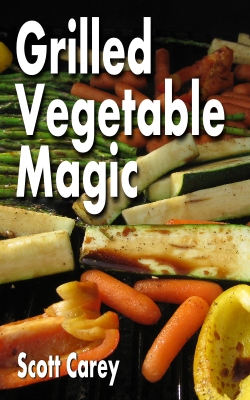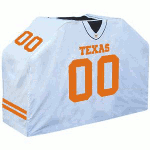There are many variations in ingredients and techniques with rubs. There is no one best method, so try the various methods mentioned here and see what you like the best. Rubs can be simple (crushed black pepper) or elaborate (many spices). The general purpose of purpose is to add flavor to a meat without adding extra moisture.
Use the freshest ingredients possible--you'll do much better by buying spices in whole form where possible and grinding them yourselves than by using spices that you've had in the cupboard for a couple of years. As you experiment, however, use what you have.
You can grind your spices with a spice mill, coffee grinder, mortar and pestle. Don't grind too finely. You want to do just enought to release the essential oils in the spices. Just grind enough to use immediately. Rubs do not store well, but, if necessary, may be stored in a small, air tight jar in cool, dry place, or in the freezer.
After creating your rub, spread the rub thickly over the meat and rub or massage it into the surface. A shaker can make the rub easy to apply. Allow the rub to soak into the meat surface. As the rub soaks in, add more, forming a crust. Lightly cover the meat for a period of time (give it at least a couple of hours, if possible, to as long as all day) before cooking.
A different technique can be used if you are smoking the meat. It may be useful to use a moderate covering of rub initially to allow the smoke to penetrate the meat, instead of just the seasoning. Once it has smoked to your taste, remove the meat and cover it with a thick layer of rub and then return to finish (you may want to lightly wrap in aluminum foil or finish in a non-smoking oven).
Common rub ingredients include salt, sugar, paprika, black pepper, ground chile, and garlic powder. Other ingredients to consider include cumin, onion powder, cayenne pepper, oregano, sage or any favorite or yours.
Salt and sugar have need special consideration. Some feel that salt draw moisture from the meat and results in a dryer meat, but others feel that this helps build a crust on the exterior of the meat.
Sugar starts burning at 265 degrees F, so if you use sugar, you will need to cook at a lower temperature. It can stand a higher temperature for short periods of time, so you may be able to increase your grill temperature late in the cooking for a brief period. Other ingredients that are mixed with the sugar, including moisture from the meat, will also affect the rate at which sugar burns.
Some say to use salt if you are searing or deep fat frying the meat and more sugar if you are using meat cuts that won't dry out that easily. Chicken, pork, and fish cook best at lower temperatures, so a rub with sugar will do well. One suggested technique is to baste with a fruit juice and then sprinkle enough rub to cover the meat (some would call this a paste). It will melt as it mixes with the juice, forming a nice glaze.
You'll have to experiment to find out what you like to use. Anything goes, as long as the final product tastes good!




1 pings
[…] Rubs Add Extra Flavor to Your Grilling Outdoor Cooking Magic Posted by root 12 hours ago (http://www.outdoorcookingmagic.com) Barbecue rubs add the perfect seasoning to your grilled meat rubs are especially popular with barbecued ribs and leave a reply you must be logged in to post a comment copyright outdoor cooking magic powered by wordpress Discuss | Bury | News | rubs add extra flavor to your grilling outdoor cooking magic […]